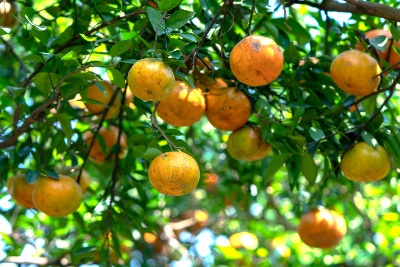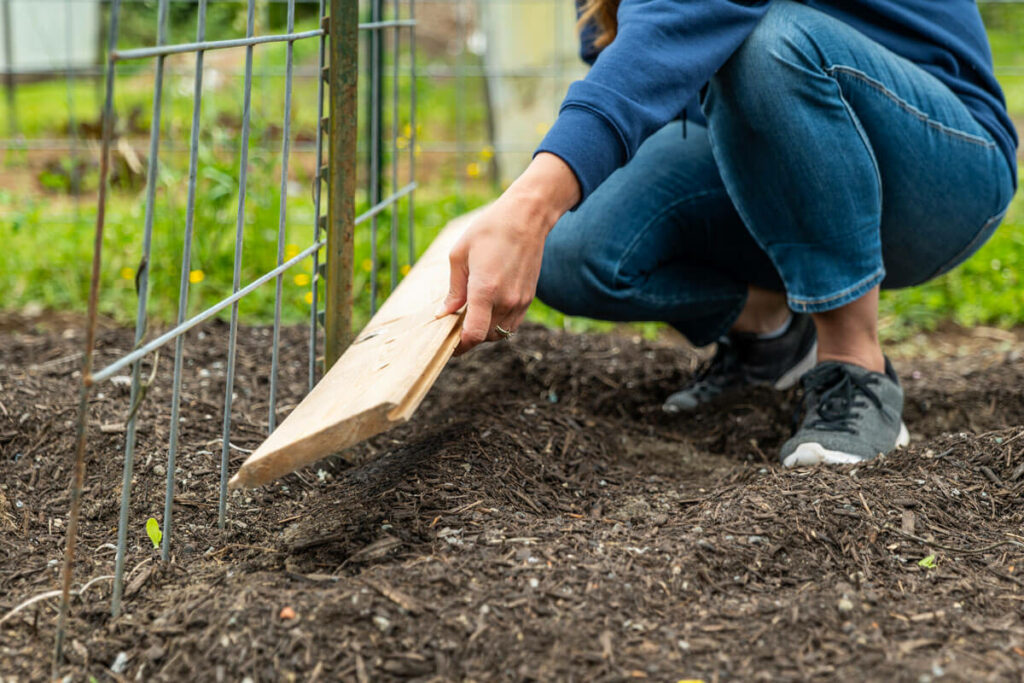We’re troubleshooting hot climate gardening questions for all those warmer growing zones. I’m answering specific questions such as seed saving from fruit trees, growing herbs, utilizing shady areas of your yard, amending soil, and so much more!

This is episode #339 of the Pioneering Today Podcast and I’m interviewing Erika, who lives in northwest Florida (growing zone 9a) with a first frost date of Jan 24th and an average last frost date of March 9th.
There are many things that can be done when trying to garden in hot weather. One of my favorites is using the board hack to help germinate seeds. I share many more tips in my posts, What to Plant in August for a Fall Garden and How to Preserve Food When it’s Too Hot to Can.
Click the link to listen to more episodes of the Pioneering Today Podcast, where we discuss all sorts of modern pioneering, gardening, homesteading, and healthy living topics. I hope you find them helpful!
Table of Contents[Hide][Show]
The Pioneering Today Academy
She is our final coaching call for Pioneering Today Academy members this season as we’re about to open the doors for enrollment! Sign up to join the waitlist, and you’ll be the first to have access once the doors open!

Show Notes:
In this podcast episode, we’re discussing the following topics. Be sure to click through the links for more info:
- Garden tips for warmer weather growing zones.
- How to work around trees that shade the yard. (I discuss utilizing shady areas in more detail in this podcast post.)
- Why keeping records is so important. (And these other garden planning mistakes to avoid.)
- Seed saving from citrus fruit. (Check out this podcast episode of an urban farmer who grows 80 fruit trees on 1/3 of an acre!)
- Growing herbs in warm climates. (You may also be interested in how to plan a medicinal herb garden.)
- Growing in sandy soil.
- How to research herbs to grow. (Find out the medicinal kitchen herbs I always grow and why you should, too.)
- Frequency of amending soil. (How to improve soil in three easy steps.)
- Getting rid of diseases naturally or organically. (I have discussed many different treatments for different diseases on the blog.)
- Learn how to test soil and amend for acidic or alkaline soil. Also check out online soil testing at Simply Soil Testing.

More Gardening Tips:
- Small Space Vegetable Gardening Urban Gardening Tips
- Raised Bed Gardening Tips – 9 Things You Need to Know
- Spring Gardening Tips to Increase Harvest Yield
- Grow More Food Next Year w/ These 5 Fall Gardening Tips
- Fall Gardening Prep 11 Tips to Improve Your Soil
- 3 Tips for Planning Gardening Success in Winter
- Time Saving Gardening Tips
- How to Improve Soil for Gardening – 3 Easy Tips
[fusebox_transcript]


